“95% of the purchase decisions happen in the subconscious”
Yes, you read it right! 95% of the purchase decisions happen in our sub-conscious — according to research performed by Harvard Business School professor Gerald Zaltman. For the uninitiated, or someone new to the consumer insights industry, this is a revelation. Indeed, when I think of it, I cannot give a reasonable explanation to why I chose to drink orange juice over apple juice at a party last night. Both the options were in front of me, some neurons fired in my brain and my hand just steered towards the orange juice.
This research from Prof. Gerald also made me think that how companies can understand what’s happening in consumers subconscious in order to derive insights. And it is important to figure this out because asking consumers (surveys, interviews etc) can only yield ‘conscious’ reasons behind their actions, which explains only 5% of the decisions as per Prof. Gerald. People usually decide in their subconscious and then give a logical explanation according to their “conscious brain”
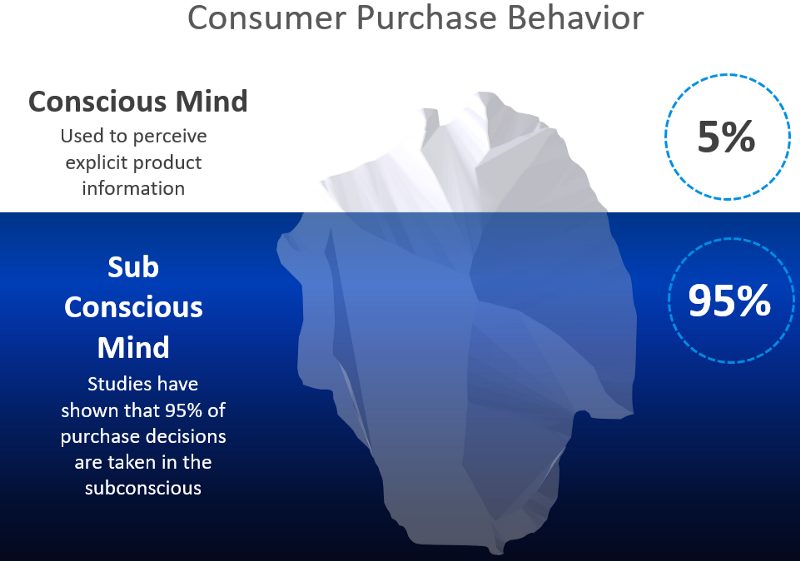
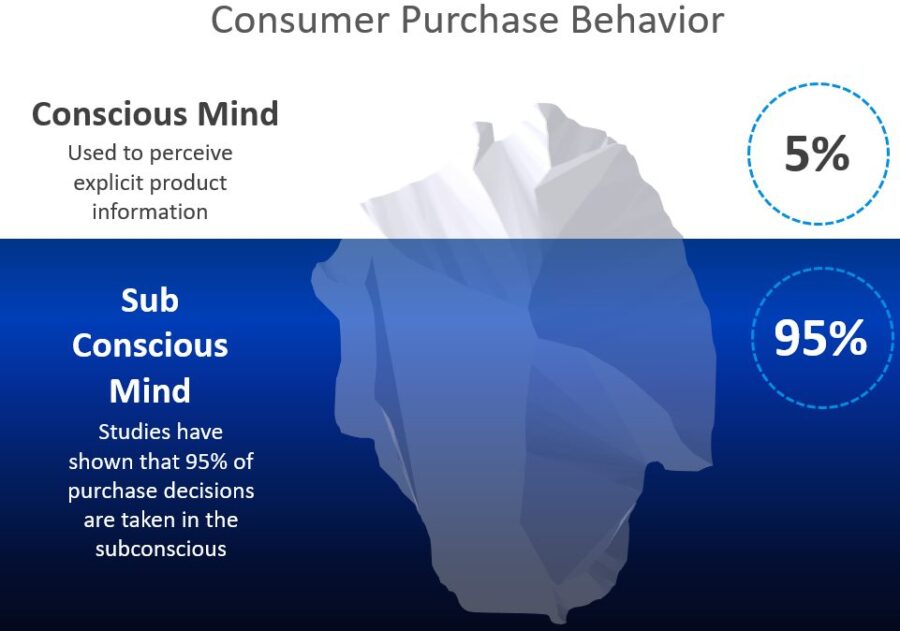
Market Researchers are now focused on “implicit” insights — and even putting probes near peoples’ heads to assess what kind of electromagnetic signals their brains emit when exposed to an advertisement, product or a concept. Neuroscience is one way to reach that elusive 95%, tracking how people’s eye moves is another such avenue. Understanding the time spent and intensity with which people respond to visual stimuli offers a window into what is influencing a person’s subconscious. For a market researcher, the prospect of seeing the world through your customers’ eyes, literally, as opposed to relying on traditional market research methods, is exhilarating.
What you see is what you buy!
Compared to an average consumer 100 years ago, today’s consumer is bombarded with a multiple variety of stimuli in terms of advertisements, products (huge shelves in retail, unlimited shelves in e-retail), social media, entertainment content, flyers, digital signage solutions and many more. Even if a company’s product finds a place on the shelf, it is still competing with hundreds of other products for the attention of a visually overloaded consumer. Getting a right pack design that captures the attention of consumers now gives your product a chance to engage with the consumer and educate her about the merits of the product.

In today’s world, the competition for attracting consumers’ attention is very intense. Eye tracking can help in guiding how a brand can stand out.
Testing Package Designs
In a crowded retail environment having an attractive packaging can be very useful. Consider the example where two recently launched and competing FMCG brands A & B have similar market shares and all other key parameters. The insights team for brand A runs some tests and rolls out a superior packaging design for A v/s B. This would lead to brand A attracting more eye balls and consequently getting picked up more by consumers v/s brand B. This could give A a share win market share and drive a virtuous cycle where higher market share will lead to higher shelf-space/ad-spends, thereby leading to more market share. Rolling out a better packaging is one such investment where the potential RoI can be very high.
“70% of purchase decisions are made in the store” — this a common insight rule of thumb used by market researchers. If true, this further highlights the strong impact an attractive packaging may have in driving purchase decisions. Eye tracking can be a very useful tool in this endeavor. If the creative team comes up with three designs X, Y and Z an eye-tracking based pack testing exercise will provide quantitative insights about which pack design is more likely to be seen, how much share of visibility these packs are likely to get v/s competing brands, which demographic/psychographic segment is most attracted towards a particular pack etc.
Or consider another example where a brand manager has to justify whether it makes sense to invest in a new innovative pack design that could materially increase the cost of the product (like this example from Noble Rey Beer below). Eye-tracking studies can help quantify the likely positive impact such a packaging can generate and whether it is sufficient to justify the additional cost.

Advertisements
In today’s world, the window of opportunity for an advertisement is extremely brief. People have started to subconsciously ignore banner-like information from ads. There is even a term for this phenomenon — Banner Blindness. Similarly, people have a tendency to tune out ads even TV and print ads. Eye Tracking helps researchers test which creatives are successful at capturing the consumers’ attention.
Mobile Ads
Banner Blindness is now a well known phenomenon (as per Google, an average web ad in the US got clicked ~0.1% times (CTR) over last 5 years). Most companies are struggling to come up with effective mobile ad campaigns to attract the attention of the user. Eye Tracking can be utilized to different design concepts and select the ones that deliver the best engagement in terms of capturing attention and driving the key brand message across.
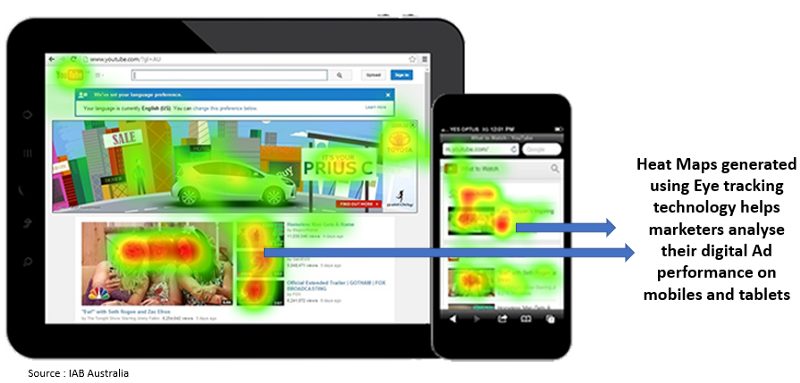
TV Ads
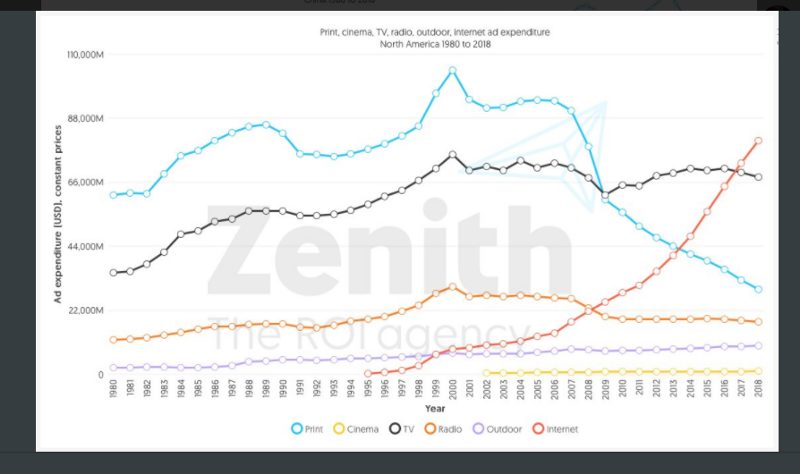
An interesting visualization of ad spends in US
Television advertisements still holds majority chunk of the marketing budget of many corporations. They have a firm belief that even in this internet age, considerable amount of time is spent watching traditional news and entertainment channels, and their assumption is not flawed. However timing and placement of these ads is critical as the substantial capital is involved in developing such campaigns. By analysing the gaze patterns of the respondents, high responsive areas of the TV screen can be mapped. The duration of these fixations is also of paramount importance as it allows the companies to time their ads for maximum ROI.
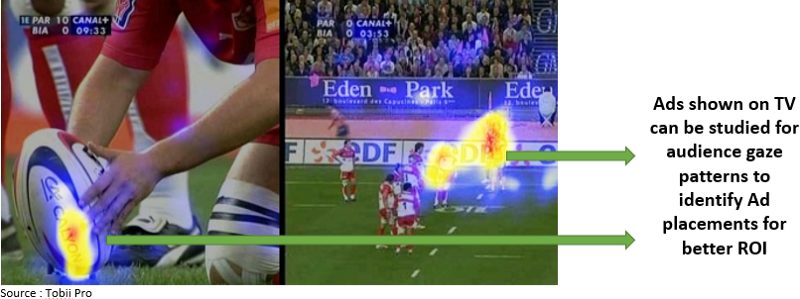
Billboards and Signages
Putting billboards or digital signage near highways, tourist spots, airports, sports and other events can be very helpful medium for driving brand recognition. But when making significant investment in such undertakings, a marketer needs to ensure that the design of the creative is catchy, it is driving the attention to the key brand message, the location is optimum, the size is legible etc. By performing gaze tracking studies in the outdoors in simulated environments, marketers can test the performance of a billboard idea on these metrics.
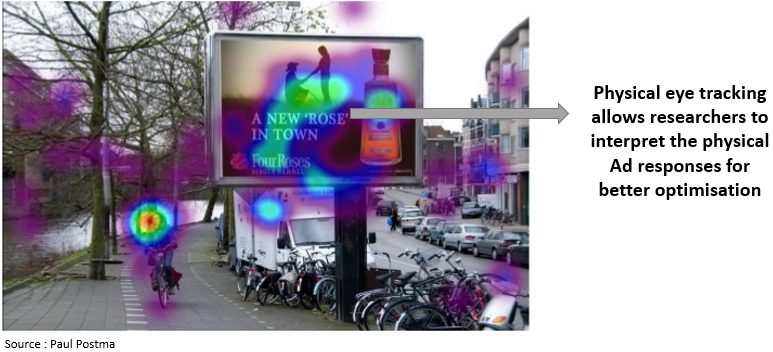
Eye-Tracking Brings Data Rigour into a Subjective Exercise
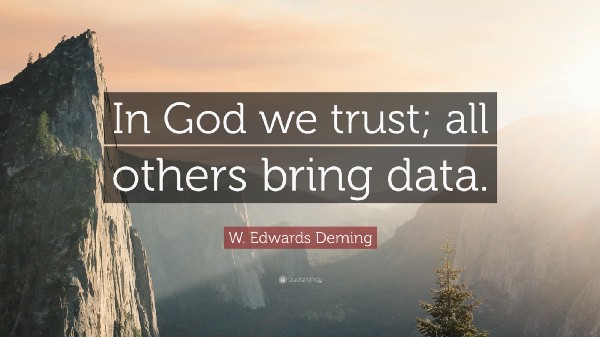
Eye-tracking provides hard data metrics for which video-ad/product-pack/billboard-image copy is likely to capture the most attention and drive the key brand message. This is a significant improvement over the next best alternative — i.e. subjective discussions between key stakeholders in a board room. The underlying processes is structured, grounded in science and can be replicated across the organisation.
But, the technology has some challenges. Doing eye-tracking in physical environments with statistically significant sample size of respondents (~50–250) can be expensive and slow. One reason is that today’s Eye-Tracking systems can understand “where” a person is looking at, but is completely blind to “what” a person is looking at. Hence, there is a step of gaze-coding involved where researchers have to code gaze-videos frame by frame for all respondents. This makes the research exercise slower and expensive. At Karna AI, we help clients overcome this challenge by using AI to perform coding automatically thereby leading to lower costs and faster turnaround times.
